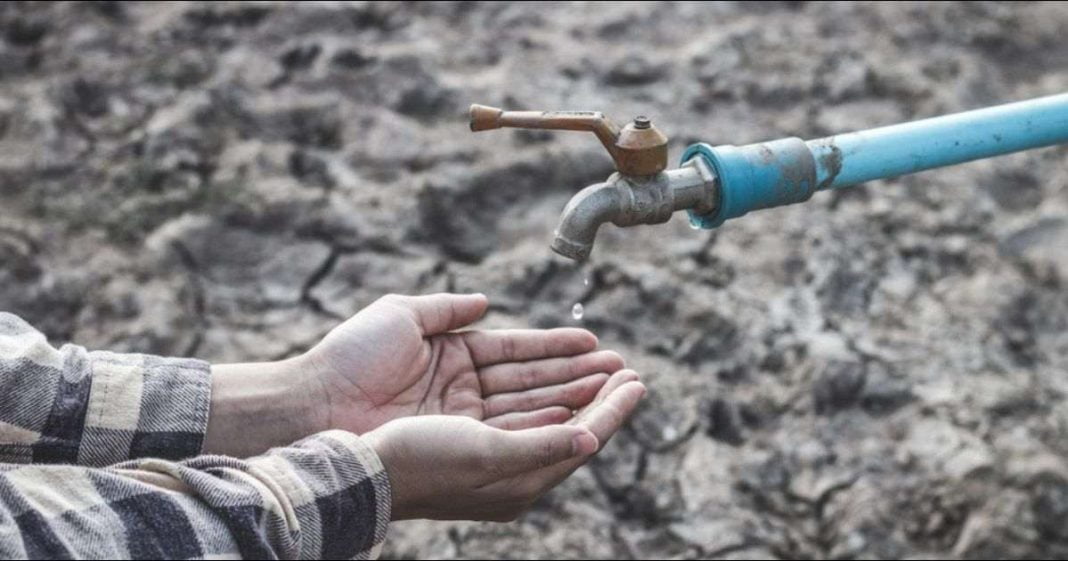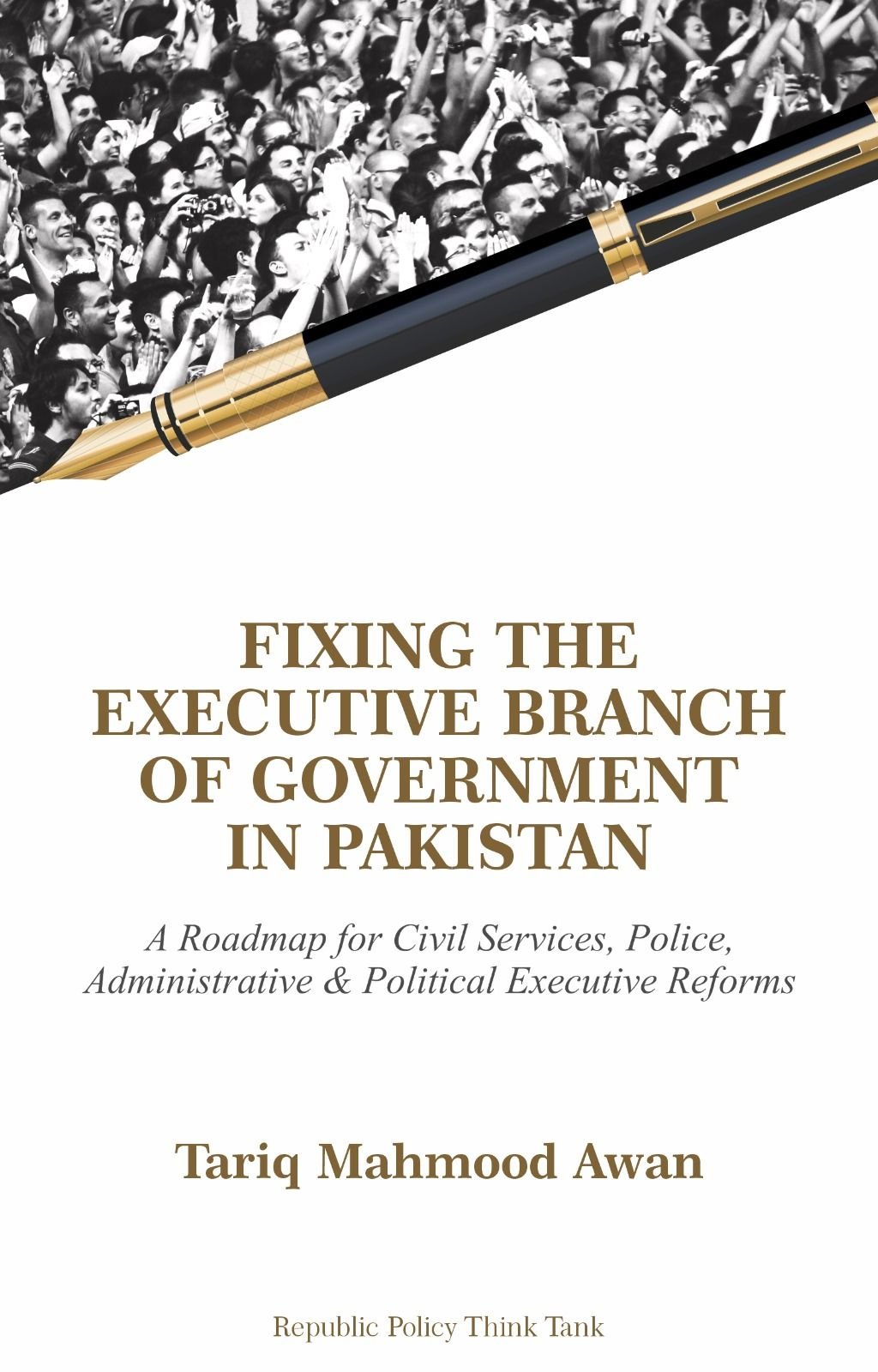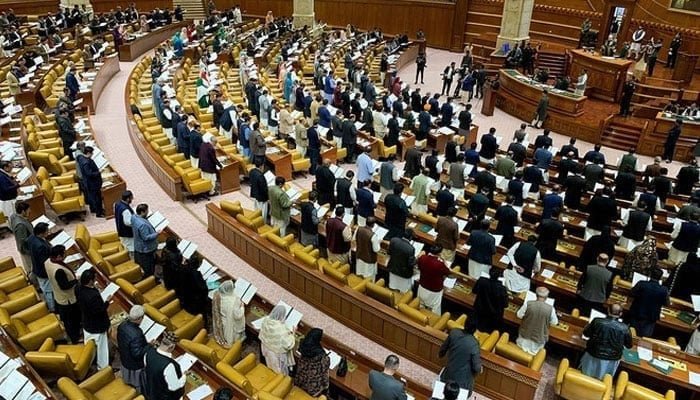Khalid Masood Khan
Water crisis management is the process of taking measures to respond to and mitigate the impacts of water scarcity, either due to natural disasters such as droughts or human factors such as overuse or pollution of water resources. This involves a coordinated effort by government agencies, non-governmental organizations (NGOs), community groups, and individual citizens.
The following are the main components of water crisis management:
1. Assessment: The first step in water crisis management is to assess the severity and causes of the water crisis. This involves gathering data on water availability, demand, and quality to identify the areas and populations that are most affected. It also involves assessing the causes of the crisis, such as climate change, urbanization, pollution, or overuse.
2. Planning: Once the water crisis has been assessed, a plan must be developed to address the problem. This plan should include short-term and long-term solutions, as well as strategies to reduce demand, increase supply, and improve water management practices. It should also involve stakeholders at all levels, from government officials to local communities and users.
3. Implementation: After the plan has been developed, it must be implemented through a coordinated effort with all stakeholders. This involves allocating resources, implementing policies and regulations, and engaging communities and users in water conservation efforts.
4. Monitoring and evaluation: Throughout the crisis management process, it is important to monitor and evaluate the effectiveness of the interventions and adjust the strategies as needed. This involves gathering data on water availability, usage, and quality, as well as evaluating the impact of policies and programs on the environment and the communities that depend on water resources.
5. Communication and awareness-raising: Communicating with stakeholders and raising awareness about the water crisis and the importance of water conservation is an essential component of water crisis management. This involves educating the public about the causes and consequences of the crisis, as well as promoting water-saving behaviors and best management practices.
Overall, effective water crisis management requires a comprehensive and coordinated effort that involves all stakeholders. It must involve a combination of short-term and long-term solutions that address the underlying causes of the crisis while ensuring the sustainability of water resources for future generations.
The water crisis is a significant challenge in Pakistan due to a combination of factors such as rapid population growth, urbanization, climate change, and poor water management practices. However, some steps can be undertaken to avoid or mitigate the water crisis in Pakistan. Some of these steps are:
1. Improve water conservation practices: This involves promoting water conservation practices such as reducing water wastage, fixing leakages in water supply systems, and using water-efficient technologies in agriculture and industry. By promoting these practices, the demand for water can be reduced, and water resources can be saved.
2. Enhance water management practices: Effective water management practices are essential to avoid water crises in Pakistan. These practices include increasing the efficiency of water supply systems, developing effective irrigation systems, and promoting water harvesting techniques in agriculture and homes.
3. Increase water storage capacity: Pakistan experiences long dry spells due to its geographical location and climate conditions. Therefore, increasing water storage capacity through the construction of large dams, reservoirs, and rainwater harvesting systems is essential to avoid water crises caused by drought.
4. Promote the use of renewable energy: Many of Pakistan’s water resources are depleted due to the over-extraction of groundwater. By promoting the use of renewable energy for agriculture and industry, the demand for groundwater can be reduced, and its usage can be efficiently regulated.
5. Awareness campaigns: Awareness campaigns can assist in promoting water conservation practices and creating an understanding of water management practices. Raising public awareness about the importance of water conservation may mean that Pakistanis are more likely to be mindful of their water usage.
6. Collaborate with international organizations: Pakistan could collaborate with international organizations to find best practices for water management and water conservation. International organizations can provide funding, technical expertise, and research.
In conclusion, addressing the water crisis in Pakistan will require a comprehensive approach involving the government, local communities, international organizations, and individuals. It is essential to undertake collective action to solve this significant challenge.
Pakistan faces severe water scarcity issues as it has one of the world’s lowest per capita water availability rates. The situation is further aggravated by climate change, the lack of governmental support, and poor water management practices.
Water Crisis in Pakistan:
The water crisis in Pakistan is primarily due to the following reasons:
1. Limited water resources: Pakistan’s agriculture sector is the most significant consumer of water resources. The country has limited water resources, and its population is growing rapidly.
2. Climate change: Climate change is significantly affecting Pakistan, contributing to dry spells, floods, and droughts.
3. Unplanned urbanization: Unplanned urbanization and rapid population growth in Pakistan are putting significant pressure on water resources, resulting in increased water demand.
Water Crisis Management Strategies:
To overcome the water crisis in Pakistan, the following water management strategies can be implemented:
1. Improved Irrigation System: The government must invest in modern irrigation systems like drip irrigation to reduce the wastage of water.
2. Rainwater Harvesting: Pakistan receives high precipitation levels, but the lack of effective rainwater harvesting techniques means that most of this precious resource is wasted. By promoting rainwater harvesting, the country can tackle the water scarcity problem.
3. Better Water Management Practices: The government needs to promote better water management practices across the supply chain. The first step is to regulate water usage in agriculture and industry and ensure water reuse and recycling.
4. Building Major Dams: The construction of major dams can help Pakistan to optimize its water resources. The most notable of these is the Diamer-Bhasha Dam project, which is expected to supply the country with up to 13.3 million acre-feet of water per year.
5. Improve Water Governance: To address the water scarcity issues, Pakistan must institute better water governance mechanisms. This includes transparency in water allocation, effective water pricing policies that incentivize water conservation, and reforms that reduce inefficiencies in water usage.
6. International Cooperation: There are opportunities for bilateral and multilateral partnerships between Pakistan and other countries, specifically those in drought-prone regions. By sharing best practices, knowledge, and experience, collaboration could yield significant benefits for water management in Pakistan.
In conclusion, Pakistan needs a comprehensive approach to managing its water crisis. The combination of effective water management practices, government initiatives, and international cooperation can help Pakistan meet the water scarcity challenges that it faces. Successful implementation of these strategies requires significant investment and the commitment of stakeholders spanning across sectors to ensure the availability of adequate water resources for future generations.














